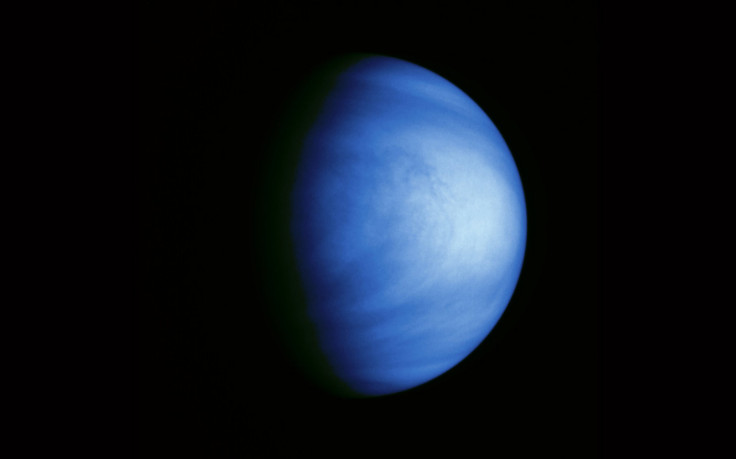Venus’ Watery History Under Scanner: NASA To Send Rocket To Probe Planet’s Atmosphere

A week after launching a probe to examine Mars' upper atmosphere, NASA is now set to send up a research rocket to inspect the atmosphere of Venus, and to determine if the planet's surface ever harbored water.
The space agency is scheduled to launch the Venus Spectral Rocket, or VeSpR, from White Sands, N.M., on Nov. 25, and the fact-finding mission will also obtain atmospheric information at various altitudes. NASA launched the Mars Atmosphere and Volatile Evolution, or MAVEN, mission from its Cape Canaveral Air Force Station in Florida on Nov. 18.
“It is appropriate that these launch dates are close together, because both missions will study atmospheric loss,” Kelly Fast, program scientist for MAVEN and the program officer for Planetary Astronomy at NASA in Washington, said in a statement. “VeSpR will peek at Venus from above Earth's absorbing atmosphere, and MAVEN will journey to Mars to do a long-term study.”
According to NASA, the VeSpR rocket is a combination of a Terrier missile -- originally built as a surface-to-air missile and later repurposed to support science missions -- and a Black Brant model Mk1 sounding rocket with a telescope inside. VeSpR will study the ultraviolet, or UV, light that is emitted by Venus' atmosphere for information about the history of the planet's water.
Scientists said measurements like these cannot be done using ground-based telescopes because Earth’s atmosphere absorbs most UV light before it reaches the planet. In this case, the sounding rocket will carry the telescope more than 65 miles above the Earth’s surface, and at that altitude, the atmosphere thins out enough to allow UV readings.
“Venus today has a thick atmosphere that contains very little water, but we think the planet started out with an ocean's worth of water,” John T. Clarke of Boston University, and the mission's principal investigator, said in a statement.
Scientists say it is still unclear whether water existed on the surface of Venus or only high up in its atmosphere, where temperatures are cooler. According to the researchers, if it can be proven that Venus' surface temperature stayed below the boiling point of water long enough, it could mean rivers might have once flowed on Venus, and in fact, the planet may have even had ice.
Some previous estimates had indicated that Venus could have had enough ancient water to cover the whole globe with 23 feet of liquid, before it was found that the amounts of hydrogen and deuterium, a heavier version of hydrogen, can vary at different heights in Venus' atmosphere, changing the calculations.
According to NASA, VeSpR will take measurements specifically in the upper atmosphere to solve this uncertainty. It will observe Venus for eight minutes, with data being transmitted in real time, before the payload returns to Earth.
© Copyright IBTimes 2024. All rights reserved.






















